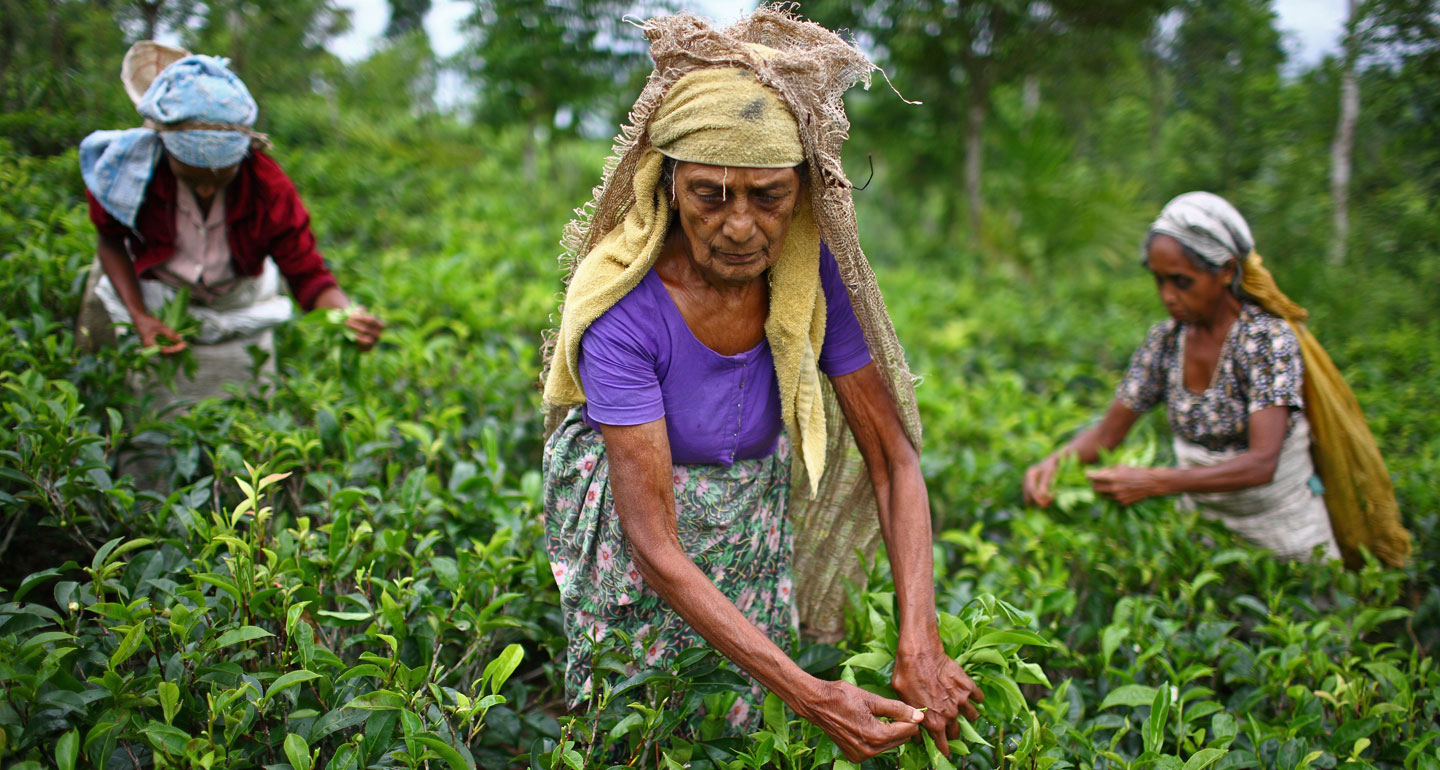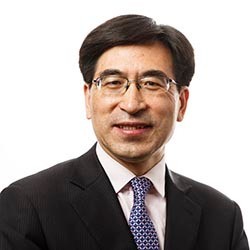What will it take to make IFAD truly diverse
IFAD Asset Request Portlet
Asset Publisher
What will it take to make IFAD truly diverse
By Guoqi Wu

There is much interest in promoting workplace diversity recently. Not only is this long overdue, but it also makes financial sense. McKinsey found that companies in the top quartile for ethnic diversity financially outperform those in the bottom quartile by up to 36 per cent.
When it comes to the United Nations, Secretary General António Guterres recently outlined his commitment to upgrade the vast institution he leads by putting “people at the centre, taking into account age, gender and diversity.”
Is diversity enough?
While the goal of promoting diversity is essential, it is definitely not enough. Organizations like IFAD need to also embrace equity and inclusion to make a real difference in how we operate. Defining these mutually reinforcing concepts is vital to reap the benefits of a diverse workforce.
Diversity means recognizing and valuing a broad range of identities, experiences, and beliefs, whether visible or invisible, inherent or acquired.
Equity is about giving people what they need in order to make things fair, which may require treating people differently, depending on their needs.
Inclusion refers to the way people show that they value and respect one another's unique contributions. An inclusive environment is one where everyone can be themselves and have an equal chance to contribute, where differences are seen as valuable and good for the organization.
Taken together, Diversity, Equity and Inclusion (DEI) lead to a more effective workplace environment. Organizations that prioritize DEI are better able to win top talent, improve employee satisfaction, and sharpen decision-making.
It also ensures we, as a development organization, retain relevance and credibility. Why? Because promoting diversity in our own workforce while we ask our partners to align with the SDGs—particularly SDG5 (gender) and SDG10 (reducing inequality)—means we practice what we preach. In addition, greater diversity within our own ranks reflects the diversity of our partners and beneficiaries we serve.
So why isn’t everyone doing it?
Enhancing DEI in the workplace is easier said than done as challenges can be deeply rooted in the system. For example, UN agencies require fluent English and/or have more than one UN language to be hired. This may disadvantage those who come from areas of the world where these languages are not widely spoken.
Even if a workforce is more diverse, there is no guarantee of a level playing field (equity), and the specific needs of some staff may still not be duly recognized. Moreover, unconscious biases can disrupt inclusion.
What IFAD is doing
At IFAD, we recognize that there is tremendous opportunity in attracting and retaining greater diversity in our workforce. We also want to ensure that the experience of employees is a positive one by paying attention to equity and inclusion.
In 2017, we examined trends in women’s representation at IFAD over a 15-year period, focusing on the appointment or retention of women in managerial roles. We then identified areas for improvement and target actions to improve our women representation in managerial roles.
Gender equality is now a core element of IFAD’s recruitment and promotion processes. IFAD explicitly encourages female candidates to apply, at least one-third of qualified shortlisted candidates must be female, and interview panels must be gender-balanced. IFAD is also rolling out gender equality workshops so all staff are aware of gender equality issues and apply the principles in their day-to-day work.
However, more can always be done to comprehensively integrate inclusion and equity issues. To help IFAD focus and prioritize resources, we have developed a DEI strategy, which includes a statement of commitment and key guiding principles. This is an important step toward pooling together existing initiatives under an integrated DEI umbrella. We have also set up a governance structure, made up of senior leadership and staff from a range of backgrounds, to uphold the DEI strategy.
When it comes to DEI, there are no shortcuts, quick fixes, or silver bullets. Instead, what is needed is persistent and unwavering commitment. As a first step, articulating this commitment through a strategy holds an organization accountable to itself, its staff, and its members.
Publication date: 19 April 2022